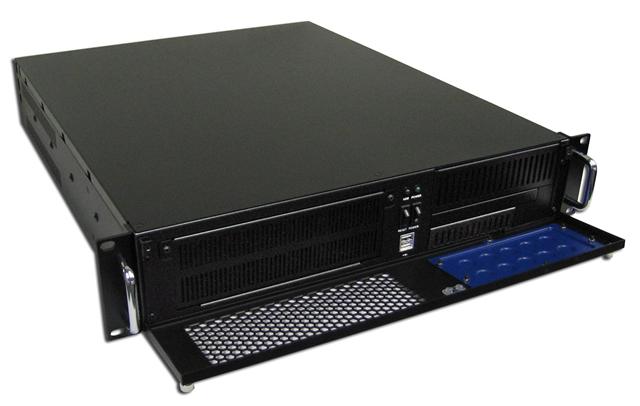As the internet becomes more ubiquitous and essential to both everyday life and business, the amount of data that we collectively produce has skyrocketed. In fact, around 90 per cent of data in existence was produced in the last two years! This exponential growth necessitates new technologies and tools to tackle the challenges it presents. Step forward Intel.

Launched in Q2 of 2019, Intel’s Second Generation Xeon Scalable range of CPUs is its latest and greatest in the server arena. These processors have been designed for applications including enterprise and cloud, high performance computing (HPC) and storage. The range has been developed with today’s industry in mind, with new and improved technologies to tackle ever-increasing consumer data requirements.
As the name suggests, the Scalable series encompasses a large selection of CPUs, from the 6-Core Bronze 3204 all the way up to the behemoth 28-Core Platinum 8280. By addressing such a wide range of power, users can have confidence that a suitable option is available for their requirements.
In keeping with its predecessor, the CPUs in this range are interchangeable within the same mainboard socket while supporting both single and dual CPU configurations. This makes it very easy to upgrade an existing server. It is also highly cost-effective as there is no need to purchase a new mainboard. Other qualities such as support for at least 1TB of memory (per CPU) and 48 PCIe lanes (including NVMe SSD support) help ensure that even the most expansion-heavy applications can be accommodated.
This generation of Xeon processors will be the first to make use of Intel’s Cascade Lake-SP architecture, bringing with it a host of new and improved features including Optane DC Persistent Memory, Deep Learning Boost and a significant performance increase over its predecessor, Skylake-SP. Critical mitigations have also been implemented to protect against Meltdown and Spectre vulnerabilities.

Intel has taken an even more granular approach to CPU differentiation than the previous generation. A newly implemented lettering suffix to the product codes identifies the SKUs that have specific use cases:
These options seem to relate mostly to adjustments to cores number, frequency, TDP, and operating temperature range, thus allowing for another layer of optimisation for each customer’s specific application.

Following on from Captec’s widely successful Core i and Atom-based industrial computer range, we have now expanded our portfolio with a selection of 2U and 4U servers designed utilising Intel’s Second Generation Xeon Scalable processors.
Server use-cases often go hand-in-hand with the requirement for longevity. Here, Intel and Captec combine to support you. With Intel’s embedded Xeon processors and our trusted supply chain, we ensure a lifecycle of up to seven years with full BOM control. Using our decades of experience in architecting server solutions for an extensive customer base including the likes of Thales and Transport for London, our new Xeon industrial computer range is designed to meet your application requirements at the most cost-effective price point.